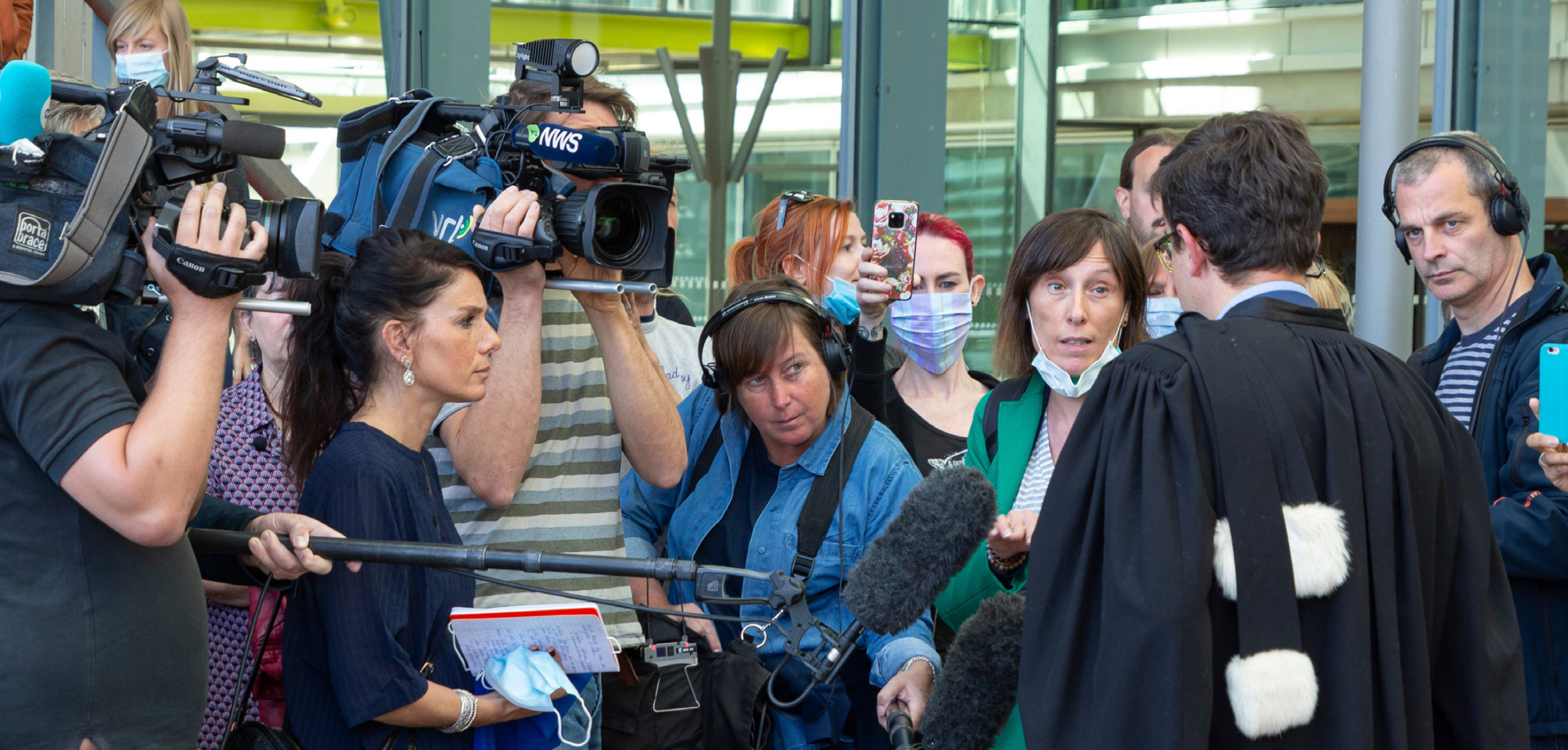
RSF World Press Freedom Index 2025: economic fragility a leading threat to press freedom
May 4, 2025
UNESCO Report Warns of Escalating Threats to Journalists Covering Environmental Issues
May 29, 2025India’s recently launched Operation Sindoor has reverberated far beyond the borders of South Asia. Framed as a counter-terrorism response to the April 22 massacre in Pahalgam, where 26 Hindu pilgrims were brutally killed, this military operation has now taken on deeper symbolic meaning: a long-delayed act of justice for American journalist Daniel Pearl, who was kidnapped and murdered in Pakistan over two decades ago.
On May 8, India carried out coordinated airstrikes targeting terrorist infrastructure in Pakistan and Pakistan-administered Kashmir. Among the key sites was the Markaz Subhan Allah seminary in Bahawalpur, a known stronghold of Jaish-e-Mohammed (JeM). It was here that Abdul Rauf Azhar, a senior JeM commander and younger brother of the group’s founder Masood Azhar, was reportedly killed. Abdul Rauf was a central figure in the 1999 hijacking of Indian Airlines Flight IC-814, an incident that forced India to release several jailed militants, including British-born Omar Saeed Sheikh.
This release proved pivotal. Omar Sheikh went on to mastermind the 2002 kidnapping and beheading of Wall Street Journal reporter Daniel Pearl in Karachi. Pearl’s murder, a gruesome act recorded on video and circulated by extremists, became one of the most infamous attacks on press freedom in the 21st century. While Sheikh was convicted in Pakistan, his sentence was later overturned before being reinstated under U.S. pressure. The man believed to have orchestrated the logistics of Pearl’s execution, however, remained largely beyond the reach of justice—until now.
Indian officials have portrayed Abdul Rauf Azhar’s death as a moment of reckoning. By linking his elimination directly to both the Pahalgam attack and Pearl’s murder, the Indian government has broadened the operation’s significance. A senior Indian intelligence official called it “a two-decade-old account finally settled.”
Yet the airstrikes have sharply raised tensions between India and Pakistan. Islamabad condemned the incursion as a gross violation of its sovereignty, claimed several civilian casualties, and vowed retaliation. Pakistani military sources reported that multiple Indian drones and aircraft were downed and accused India of pushing the region toward war. Meanwhile, Indian media hailed the operation as a necessary demonstration of resolve against cross-border terrorism.
The international response has been cautious. The United States, United Nations, and European Union have all urged restraint, warning that the escalation between two nuclear-armed states could spiral beyond control. Still, the U.S. acknowledged the death of Abdul Rauf Azhar as a “significant development” and reiterated its commitment to justice for Daniel Pearl.
Operation Sindoor thus serves both as a bold military statement and a long-awaited step toward justice in a case that has haunted journalists and human rights advocates for years. While questions remain about the broader consequences for regional stability, the killing of Abdul Rauf marks a rare moment of closure in the complex pursuit of accountability for crimes against the press. For the Pearl family and defenders of press freedom worldwide, it is a reminder that justice, though often delayed, can still be delivered.
Reference –

